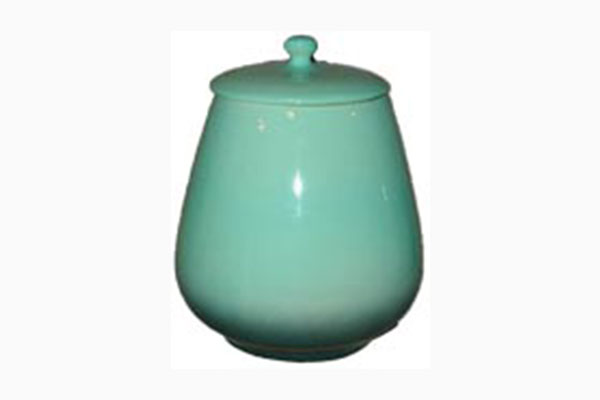It’s always fascinating to learn about a company’s inner-workings, and especially if an otherwise successful company hits a speed bump. It tells much about the heart of the company: the one who’s making the decisions in order to get it over the speed bump. Roseville Pottery is no different.
During one of those proverbial “speed bumps” in the early 1950s, Roseville Pottery made the decision to introduce a new line to

Roseville Raymor
sort of spruce things up. Instead of sticking with the tried and true combinations of years earlier (something most savvy business owners would do), the decision makers instead elected to introduce a couple of new lines. Enter Roseville Raymor and its young and slightly less traditional artist, Ben Seibel. His efforts included a more expensive glaze, an entirely different manner in which each piece was “power pressed” and more than a few setbacks, especially when it came to expensive repairs to the kiln. In fact, some accounts show that up to 25% of the production efforts during these days were lost because of the mechanical problems.
Still, Seibel remained determined and consistent. He had an image in his mind of how this particular line of pottery would fill a much needed space within Roseville Pottery. It was all about a contemporary flair. In fact, for me, it’s easier to picture the various artistic efforts from this period into how they would fit into those amazing stages of homes that were so popular on television during that time. The high gloss, the slight tip to abstract and the deep vessels were something you might would find on an old episode of Betwitched or maybe I Dream of Jeanie – right during that television transition from black and white to color. The vibrancy of the blues and greens and even pinks – they’re all remarkable and used in all their glory on these sets. If he felt the heat from the cost of producing Roseville Raymor, it’s a shame because it’s one of the more decorative patterns within the entire Roseville Pottery collection.



There are three different Raymor lines by Roseville, and this cookie jar is not part of any one of them.